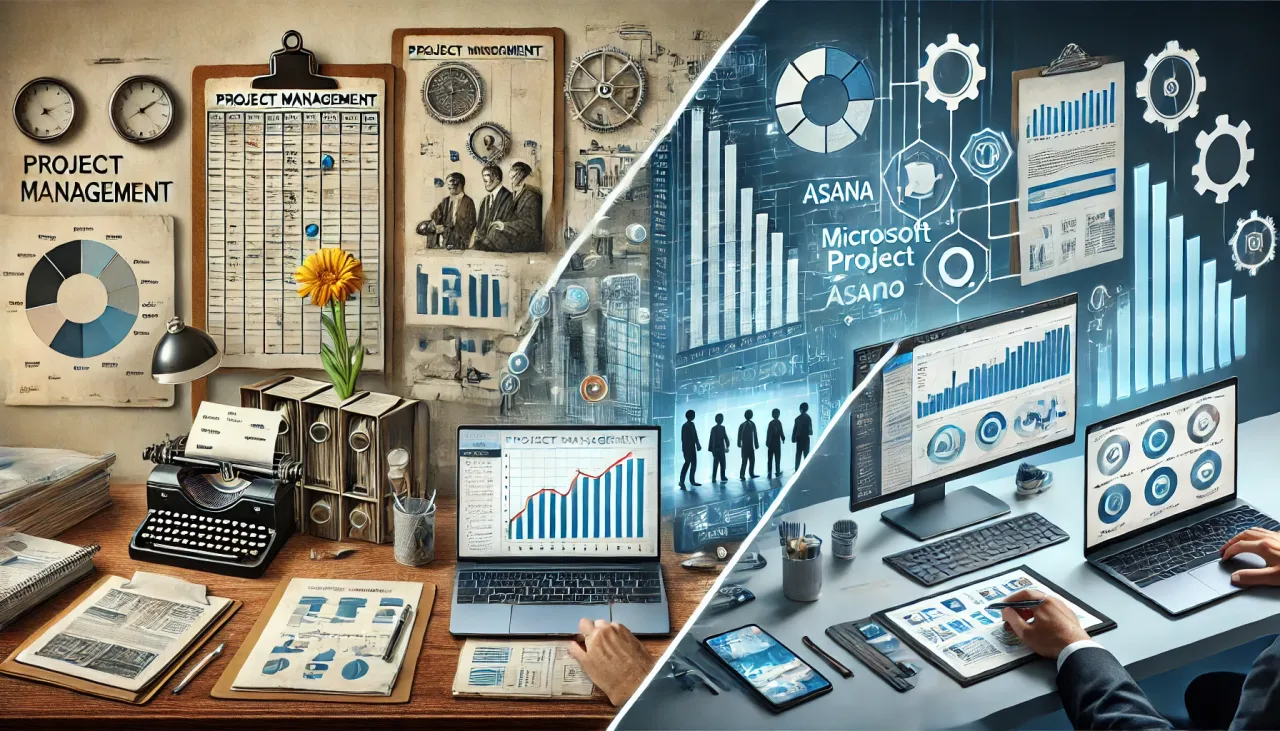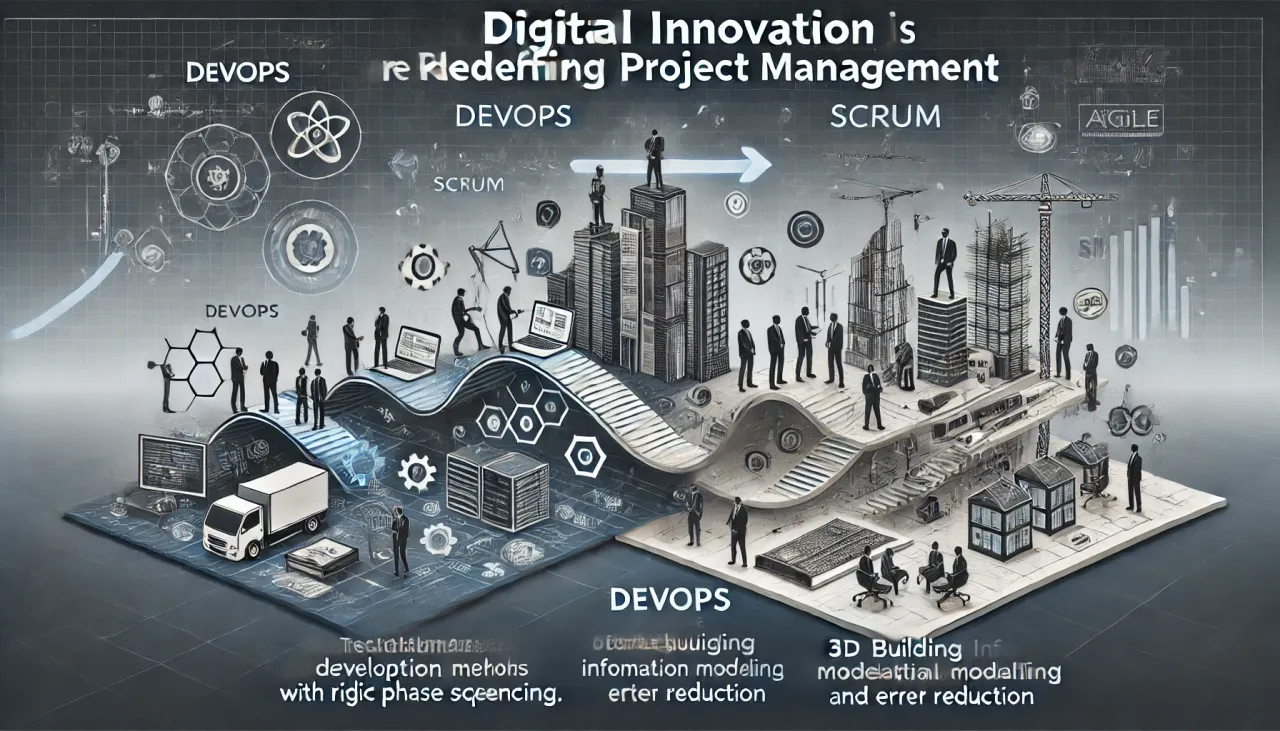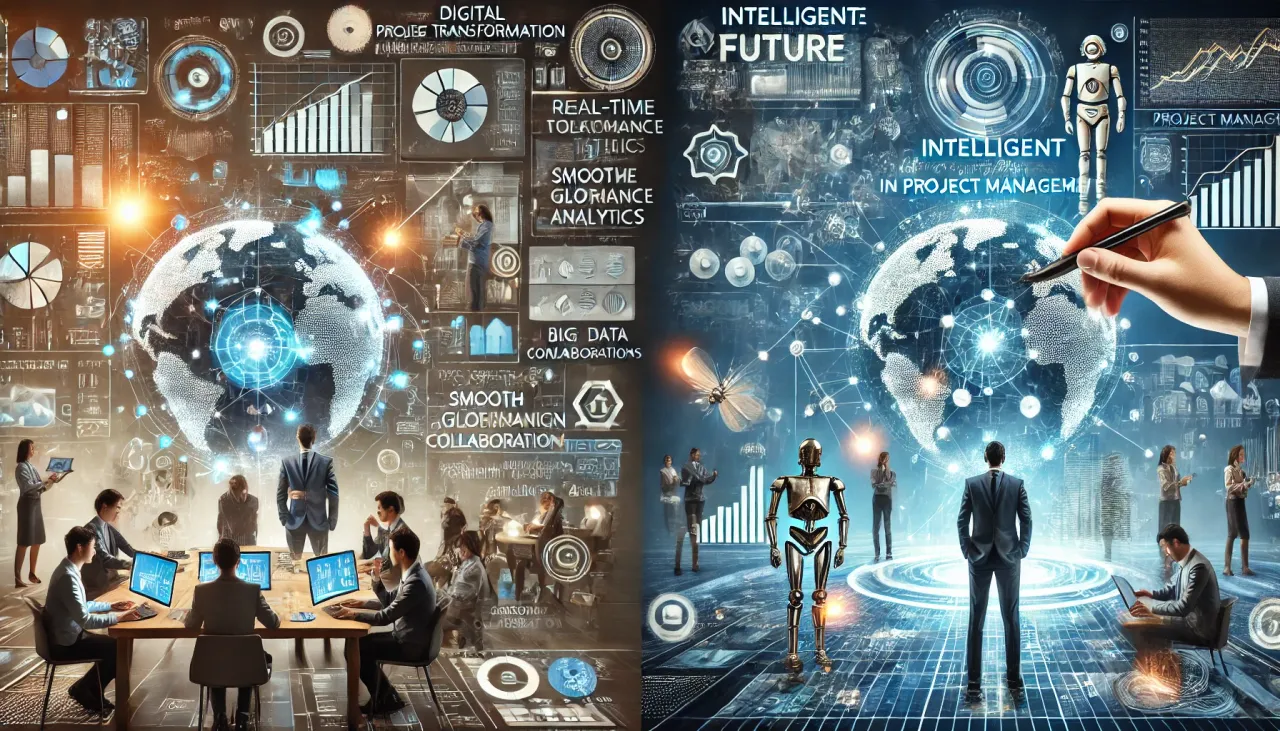Over the past few years, digital project management has undergone significant changes that are completely reshaping the way projects are managed. These shifts aren't just about adopting new tools; they're about rethinking the entire approach to managing projects. With the rise of digital innovation, we've seen improvements in efficiency, productivity, and adaptability across industries. Let's take a look at how traditional models have evolved and what the future of smart project management looks like.
Moving from Traditional Models to Digital Management
In the past, project management was primarily based on traditional methods that focused on strict planning, organization, and control using manual tools such as paper schedules and rough budget estimates. These methods relied on a rigid hierarchical structure with many bureaucratic steps to move a project forward. But as projects became more complex, these old methods began to show their limitations, forcing industries to look for more flexible and efficient solutions.
With the rise of digital innovation, these old paper plans have been replaced by digital platforms like Microsoft Project, Asana, and Trello. These tools do more than just track project timelines; they offer real-time updates, task management, and interactive dashboards that help teams analyze progress and make better decisions faster.

How Digital Innovation is Redefining Project Management
The introduction of digital tools hasn't just improved project tracking - it's also changed the way we think about project management. One of the biggest shifts has been from the traditional "waterfall" method, in which each phase of a project follows a strict sequence, to more flexible approaches such as Agile and Scrum. These methods emphasize adaptability, allowing teams to pivot quickly as needs or circumstances change, and help deliver tangible results continuously throughout the project.
Real-world examples of modern management practices
The technology industry is a perfect example of how digital project management has changed. Take DevOps, for example, a model that brings development and operations teams together to collaborate seamlessly from development to deployment. This streamlines the process, reduces release times, and ensures faster updates for customers.
Another industry that's undergone tremendous change is construction. With tools such as Building Information Modeling (BIM), project managers can now visualize every detail of an architectural project in 3D before construction even begins. This allows for better coordination, reduces errors, and makes the entire process more efficient, from design to facility management once the project is complete.

How digital transformation is driving efficiency and performance
Thanks to these new tools and methodologies, project efficiency has skyrocketed. Organizations can now deliver projects faster, more accurately, and at a lower cost. Digital solutions also foster better collaboration, especially for teams spread across different locations or time zones, making global project management smoother than ever.
One of the outstanding benefits of digital transformation in project management is real-time data analytics. Using advanced analytics and big data, project managers can track performance metrics in real time, allowing them to make informed decisions based on actual data rather than assumptions or rough estimates.
The Intelligent Future of Project Management
The future of project management relies heavily on artificial intelligence (AI) and machine learning. These technologies enable predictive insights, meaning that potential problems can be identified before they occur, and historical data can be analyzed to make recommendations on the best ways to achieve goals. For example, AI can predict delays based on historical data and suggest ways to improve workflows to avoid them.
In addition, virtual reality (VR) and augmented reality (AR) are opening new doors in project planning and monitoring. Teams can now virtually experience a project before it even begins, helping them identify design flaws early and make more informed decisions.
